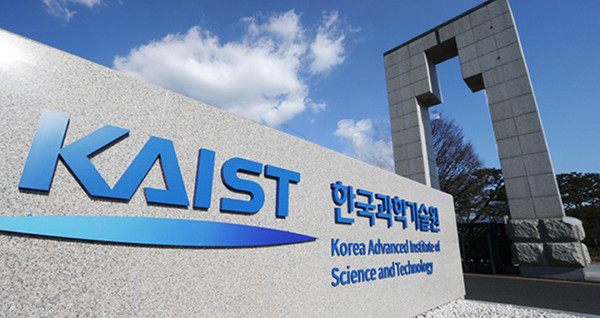On September 14, a Professor Lee from the School of Electrical Engineering (EE) was arrested and prosecuted for allegedly leaking important technology to the Chinese government in the field of self-driving cars. The Korean Ministry of Science and ICT accused the professor of unlawfully disclosing information about Light Detection and Ranging (LiDAR) systems, and prosecutors obtained supporting evidence after searching his house and office.

LiDAR is a crucial technology in developing self driving cars. LiDAR systems propagate light pulses to the surrounding environment and capture the reflections to generate a 3D map of the world around it. If mounted on self-driving cars, they can essentially act as the eyes of the vehicles. With the rise of self-driving cars, the LiDAR market is predicted to reach 3 billion USD within five years, making it one of the most important future technologies.
Professor Lee is currently charged with leaking KAIST’s LiDAR technology to a Chinese university in Chongqing since 2017. While he was working overseas at the university since November 2017, he received 260,000 USD from the university in addition to his regular salary. The reason behind this bonus has been under question, with some suspicion that it could be payment for leaking major LiDAR technology.
Some claim that the professor was paid because he is part of the Thousand Talents Program (TTP), which is a controversial program created by the Chinese government to recruit leading scientific experts from across the world. Countries like the US and Canada have openly warned that the program serves to create new technology from the recruited scientists to secure China’s economic and military advantage. If Professor Lee is actually part of the TTP, he is the first known Korean scientist to be recruited by the Chinese government.
When Professor Lee was arrested in September, KAIST claimed to not have known about his alleged involvement in the TPP. However, it has been uncovered that the professor had already been anonymously accused in December 2018 in a petition to the Blue House, at which point KAIST investigated the professor and his work. Moreover, a short notice in the 2017 Autumn Vol.13 of the KAIST EE Newsletter clearly recognized the professor’s selection to the TTP. Even though the investigation at the end of 2018 confirmed that the professor was indeed part of the TTP, it was concluded with no actions taken. In fact, it has been recently revealed that Professor Lee had meetings with other KAIST EE professors during the investigation in which he was advised to hide an official connection with the program. Therefore, KAIST officials currently claiming unawareness of the actions taken by Professor Lee must be either a misinformation or the result of lack of communication between KAIST staff.
Since his work was due to be reviewed by the Korean government to determine whether it was of crucial national importance as a technology it has emerged that Professor Lee also altered the titles of his research to downplay its significance, omitting direct reference to LiDAR. The government review allowed him to continue the research in China on this false basis. So far, he published six papers related to his project in China, and the LiDAR technology that he claimed to not research was included in these works. The Ministry of Science and ICT later confirmed that the documents sent to the government were forged.
Even in the case that Professor Lee was not recruited as part of the TTP and was rightfully paid for his work in China, he still violated KAIST rules. When working overseas, professors from KAIST are allowed to receive a maximum of three months pay. If a professor receives a salary from a foreign institute, they are not permitted to receive extra payment from KAIST. However, it was found that the professor spent approximately eight to nine months abroad since November 2017, while being paid by both the Chinese university in Chongqing and KAIST. On top of these violations, he is also accused of forging documents in order to illicitly receive about 20,000 USD from KAIST.
On September 14, KAIST released a statement taking responsibility for the situation and pledging to create a task force to improve regulations and monitor overseas works.

